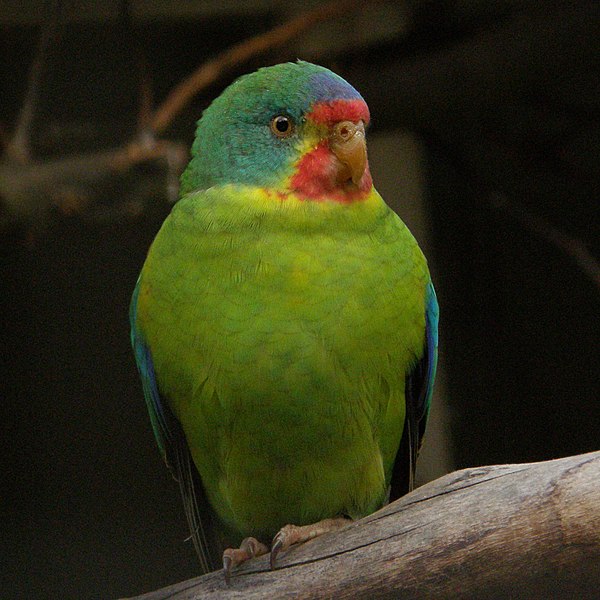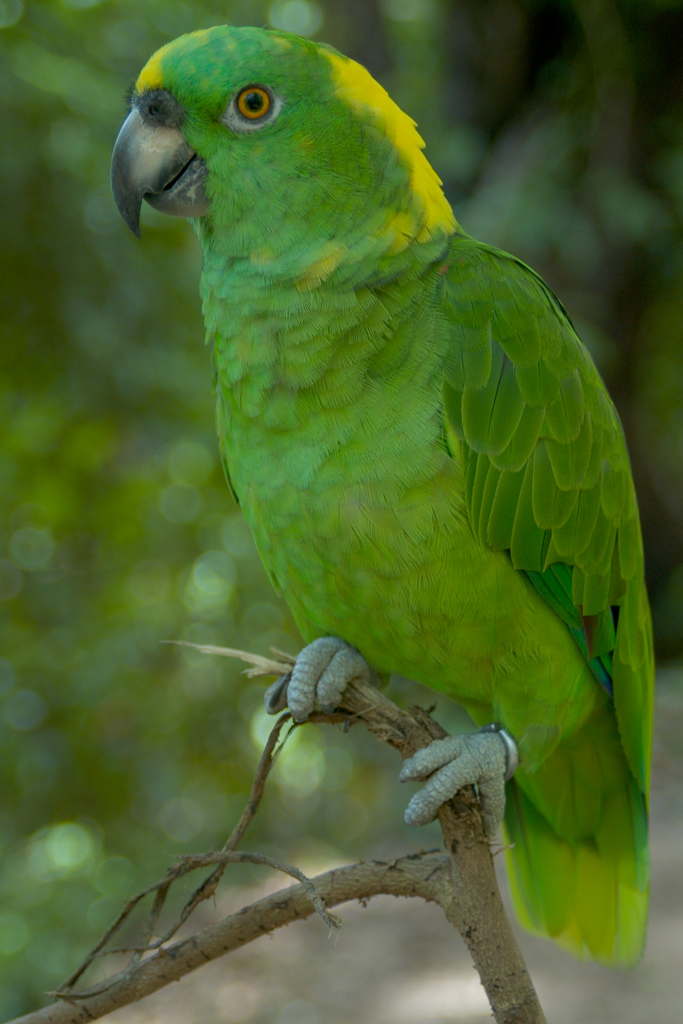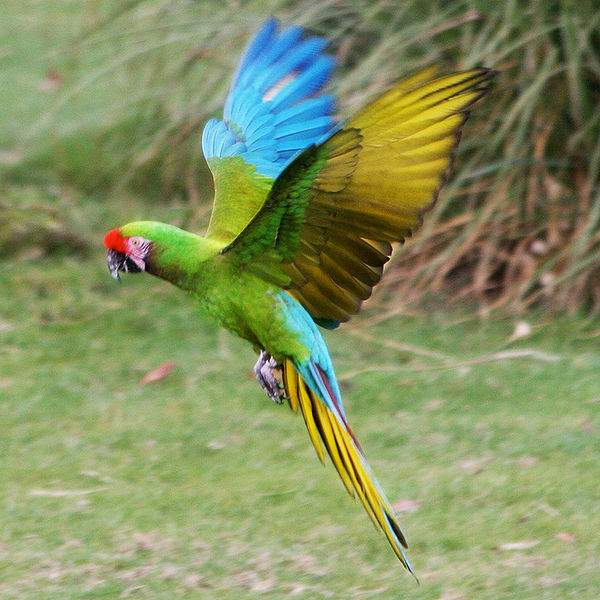 Right now, as autumn progresses in the north and spring arrives in the south, billions of birds embark on epic migrations that take them to breeding and wintering grounds. The journeys of many species, such as the pole-to-pole trip of the Arctic Tern, are well-known to bird enthusiasts. We don’t often think of parrots as migrants, yet many do undertake very impressive seasonal trips. Today I’ll highlight 2 little-known migratory rarities, the Swift Parrot (Lathamus discolor) and the Orange-Bellied Grass Parakeet (Neophema chrysogaster).
Right now, as autumn progresses in the north and spring arrives in the south, billions of birds embark on epic migrations that take them to breeding and wintering grounds. The journeys of many species, such as the pole-to-pole trip of the Arctic Tern, are well-known to bird enthusiasts. We don’t often think of parrots as migrants, yet many do undertake very impressive seasonal trips. Today I’ll highlight 2 little-known migratory rarities, the Swift Parrot (Lathamus discolor) and the Orange-Bellied Grass Parakeet (Neophema chrysogaster).
Perilous Travels
The journeys of Australia’s only migratory parrots do not approach in length those of many other birds, but they are fraught with danger for other reasons. Both species are rare, and rely upon disappearing habitats and very unique foods; like all migrants, protection is needed at both their Australian winter and Tasmanian summer ranges, and along their migration routes. Read More »
 That Bird Blog – Bird Care and History for Pet Birds
That Bird Blog – Bird Care and History for Pet Birds



